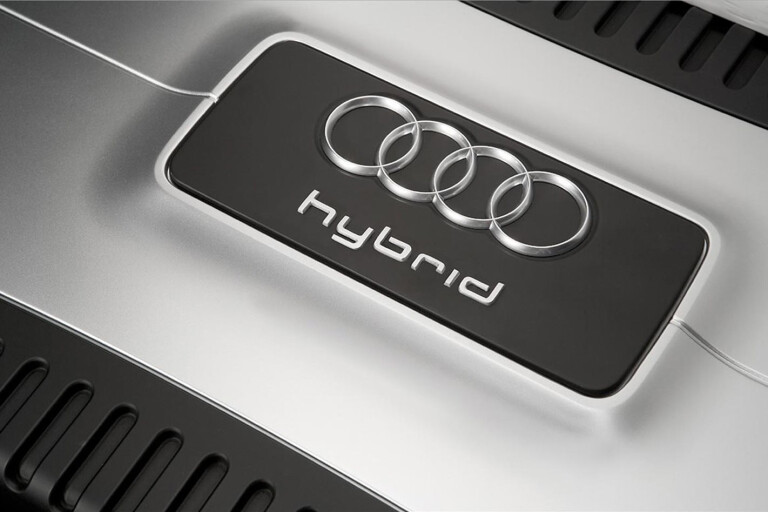
AUDI’S flagship A8 limousine will use electrification in all models from the next generation, due in 2017.
The German luxury brand is preparing some form of electric motor assistance for the entire A8 range as part of a push for a wholly electric range.
Audi already sells a hybrid version of the A8 in some markets, powered by an electric motor paired with the same 2.0-litre four-cylinder engine used across Volkswagen Group products including the Audi A3 and S3, and the Volkswagen GTI.
“I’m convinced more or less every car in the future, especially in the premium segment, will have some kind of electrification,” said Audi board member for technical development, Ulrich Hackenberg, “whether that might be a micro hybrid system or electrical turbocharging system or a combination or maybe a full hybrid or a plug-in [hybrid].”
Hackenberg said the use of electric motors would help “fulfil the CO2 emissions targets” as well as a best-of-both-worlds approach whereby existing performance levels could be maintained, but future regulations and lower fuel use demand be met.
Quizzed about full electrification of the Audi range, Hackenberg said: “That’s not so far away.
“For example, if we look to an A8, next generation we are very close to that.
“If you go to volume cars, I can imagine the next generation of the MQB [small car platform] always will have the possibility to be electrified in some way.”
Hackenberg also confirmed the next A8 – long the technical flagship of the Audi range – would showcase the brand’s much-hyped partial automation, whereby the car can take control in some situations, such as on a freeway.
“Our focus always was to be in production with the A8 successor and the A8 will be integrated with such a system.
“What we need are electro-mechanical steering, braking … and we need sensors. And we need a control unit that brings all those sensor signals together to calculate the control data of the car and then you can steer it.
“So this central control unit makes a story. It’s quite expensive to develop it and to produce it [and] it has to be able to be placed in a car … we have reduced from the size of in a trunk in the car down to a size half of an iPad.”

COMMENTS